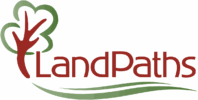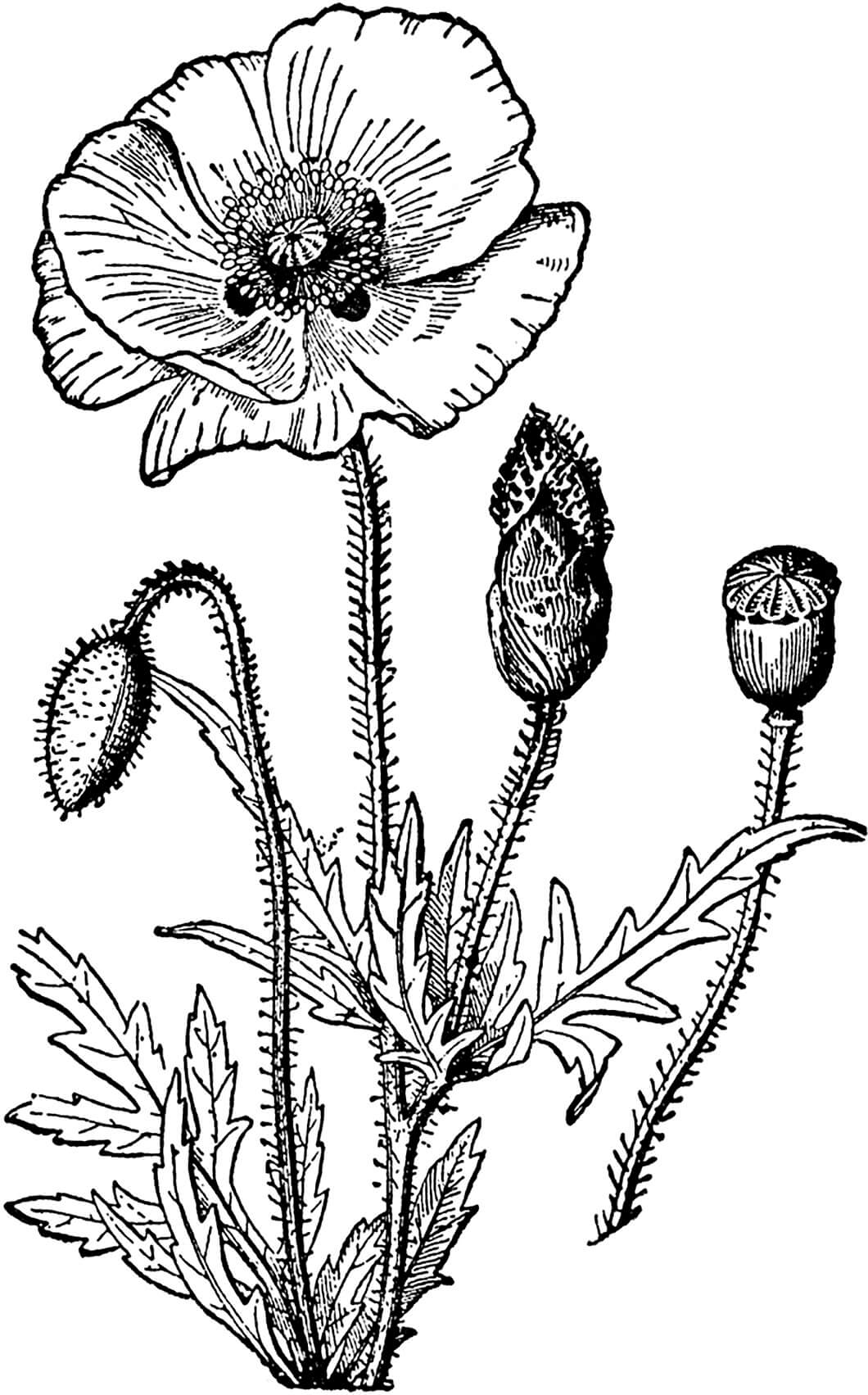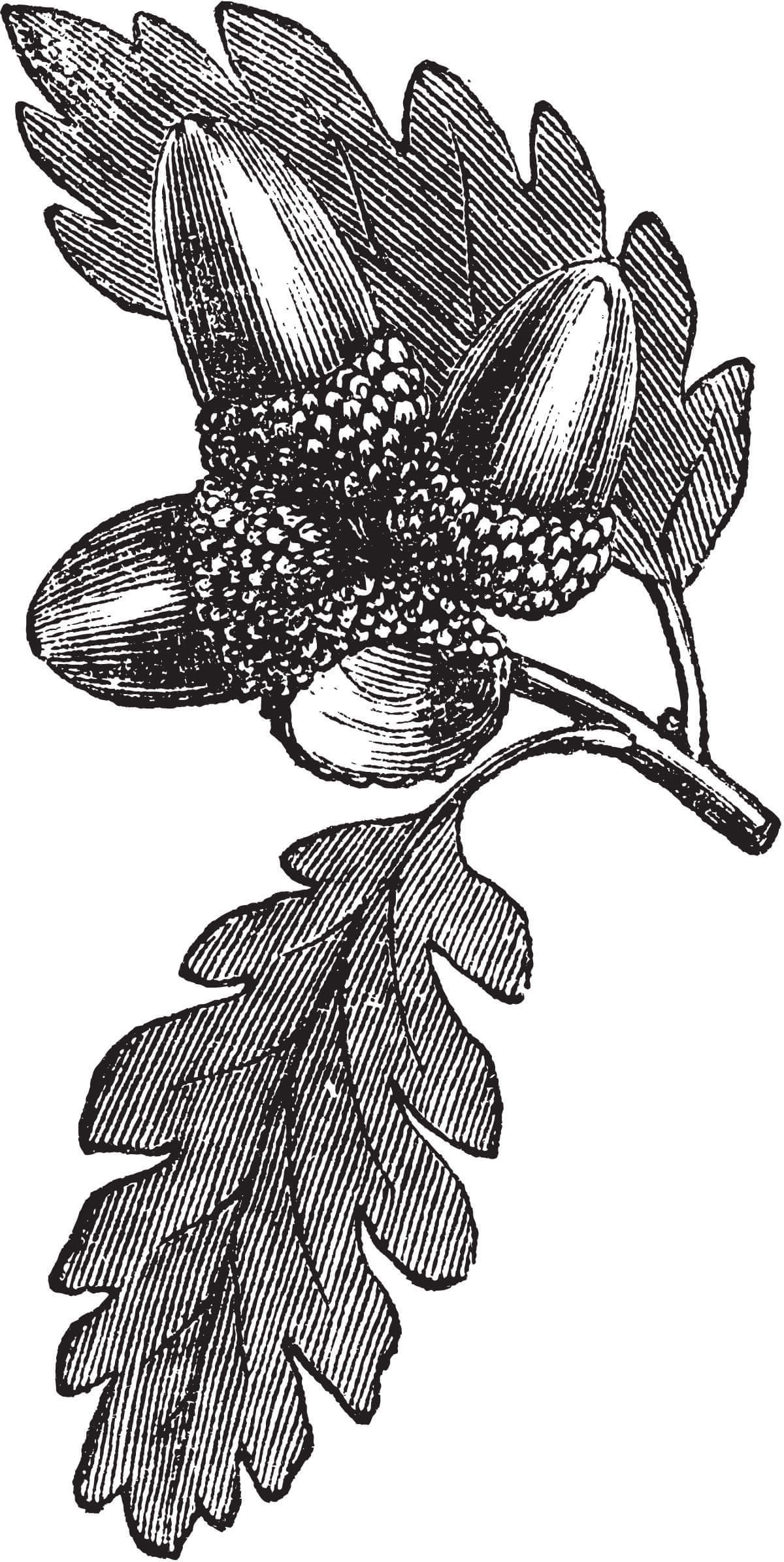LandPaths has demonstrated the steps to engaging with the Latino community and worked hard by those that are bicultural, bilingual, that look like me. They are strong at creating relationships and building trust, so people can say, “I feel comfortable and I feel safe.”
How did you first get connected with LandPaths?
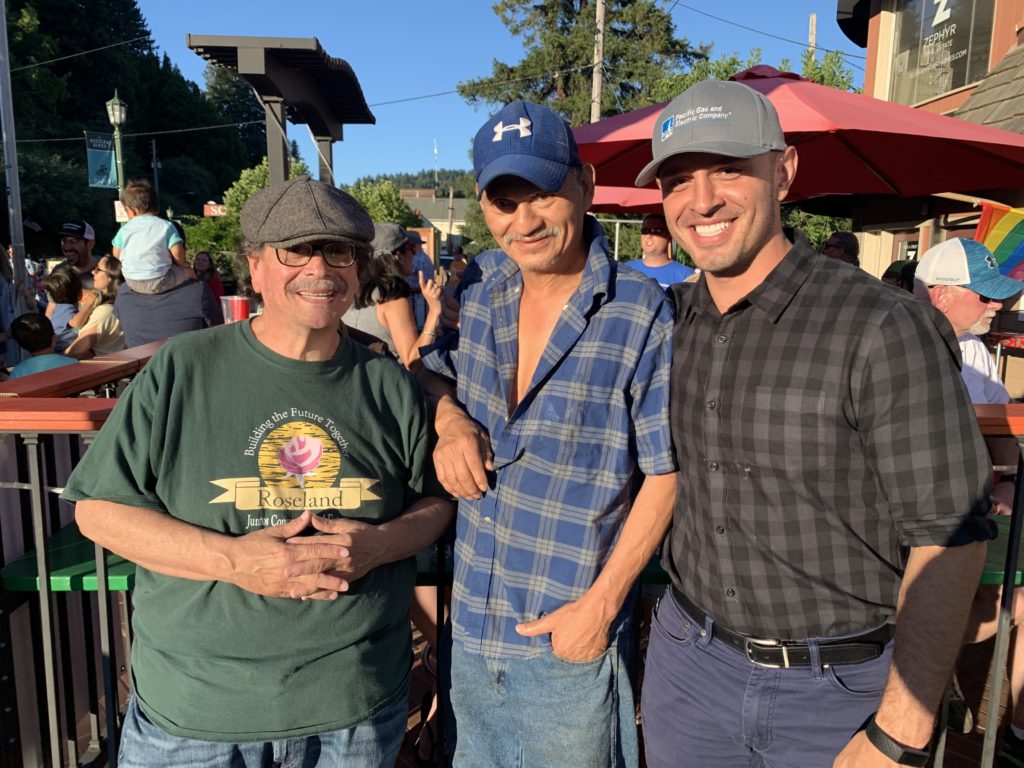
I heard about LandPaths years ago but I thought they were a construction company that builds paths in parks or mountains. It wasn’t until Omar Gallardo [New Audiences Manager] got involved that I learned about the impact that LandPaths had. Later, I had the opportunity to meet Craig [Anderson] and the relationship just got stronger at that time.
What attracted you to being part of the LandPaths community?
Bayer Farm was an incubator for the Latino community to take steps forward to better understand the environment, to better understand accessibility, and to not fear going to the parks. And it was also that the parks were for everybody. It was about equitable, environmental purchases of land, converted into communities for everyone.
What was Sonoma County like 25 years ago in terms of conservation, education, and program opportunities to connect with land? Especially for the Latino community, which you’re heavily involved and invested in here.
You know, the conversation around creating awareness of the environment was very, very, very low. I can’t tell you whether we had any Latino leadership that really were involved in environmental organizations. The engagement with the [Latino] community, to me, was nonexistent.
My son played soccer for Sebastopol United. That kind of pushed us into Ragle Ranch Regional Park. That gave me the opportunity not only to look at the soccer fields, but it showed me other parts of the park where you can actually walk or hike.
Ragle Park became a natural place for my family to feel safe and comfortable. But I do have to say that, I don’t know down deep inside if I ever had the feeling of belonging. We needed to be there because his games and practices were in Ragle Park.
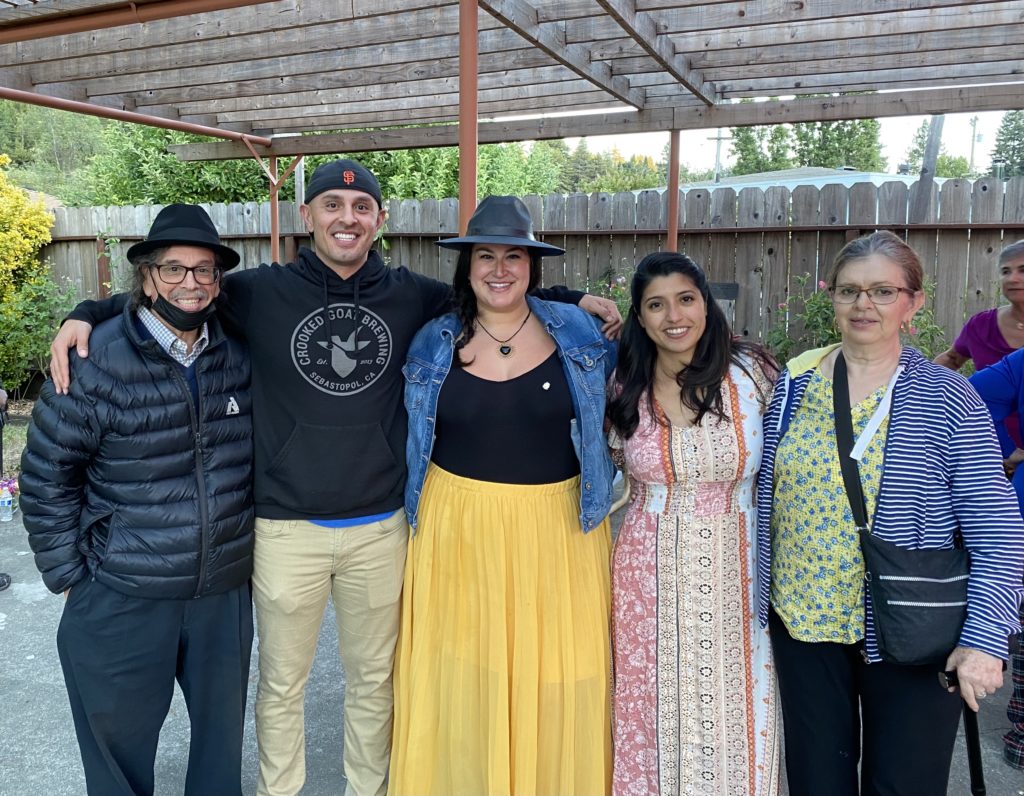

What has changed over the last 25 years and how do you think LandPaths contributed to that change?
In my involvement in the Latino community, I look for role models and examples of individuals or organizations that show me they are sincerely committed to creating equity in their program, in their community, in all they do. It’s just not something where they put on an equity jacket, and when 5 o’clock is done, they take it off.
LandPaths is very strong at engaging our community and creating relationships and building trust, so they can say, “I feel comfortable and I feel safe.” LandPaths has demonstrated the steps to engaging with the Latino community and worked hard by those that are bicultural, bilingual, that look like me. It started at Bayer Farm with the community gardens. It started there as a place to hang out, to talk to other individuals, to be able to speak in Spanish, to talk about our families and the kids and the enjoyment of what we’re doing.
And the excitement of being able to go on a camping trip, to hear the stories of families that went up to Yosemite, or went with Omar on a kayak trip. LandPaths elevates everyone, to where they make everyone feel that they are not only part of, but that they belong at the picnic table, in the many parks and journeys that the families take.
What impact would you say LandPaths’ programming has had on you and people that you know?
The impact is just being included, and it comes back to access. Access is elevated now in the Latino community and makes you feel a part of what you can do for the environment relative to climate change. For me, it’s creating a relationship that creates trust. To be able to dialogue honestly. When you’re watching and you’re listening, and you’re observing there is no doubt about it when an individual person is giving todo que pueden dar, todo que pueden dar sinceramente.
I keep coming back to that word, belonging—it means a lot. It means a lot to those you’re offering it to. But it also means a lot to individuals like myself, for who, years ago, the door never opened. In this case, maybe the gate to the ranch never opened. But now there is no gate at LandPaths. To me, there’s none at all. It’s full access.
As I learn more about the environment, I have questions and concerns. But when I see LandPaths and the leadership, and the impact and the growth Land Paths es una familia tipica Latino, esta creciendo. The Latino community continues to grow. So how do you prepare? How do you educate? How do you make them be right there with you? You engage them with sincerity, commitment, and love.
What keeps you coming back to LandPaths? What keeps folks wanting to participate with LandPaths?
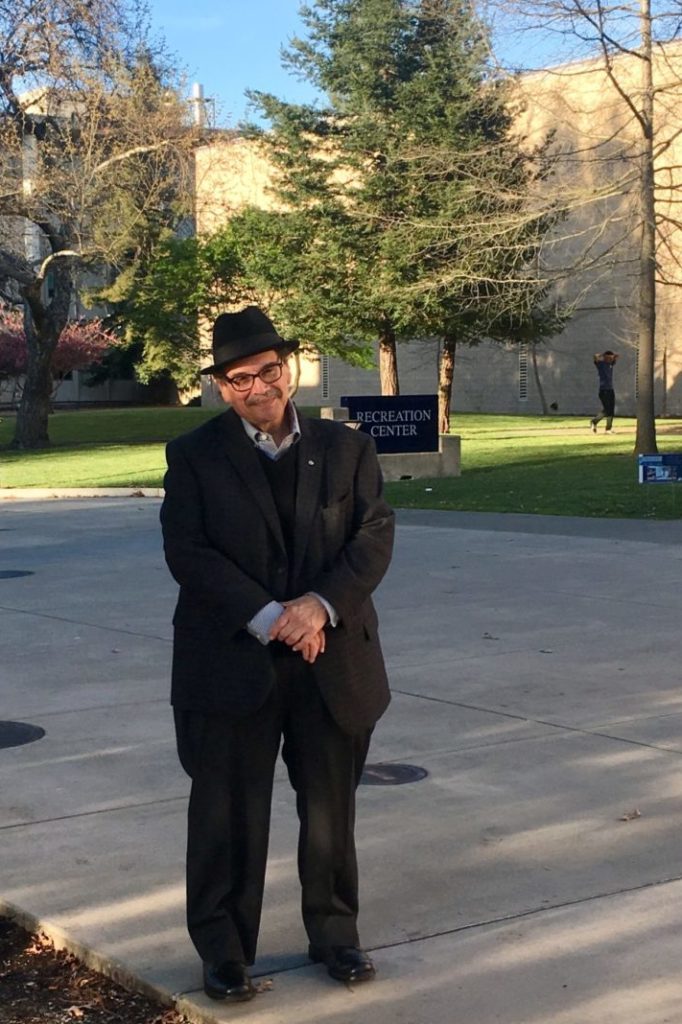

For example, the dialogue over the years, the opportunities to have a taza de café with Omar and to listen to the excitement of being able to take families to Bohemia [Ecological Preserve] towards the waterfalls and to camp and see the beauty. Bohemia is no more than 20 minutes from where I live.
Years ago, they used to tell me, “You know, they’re farm workers, they don’t want to go to parks, they don’t want to go to any of these hiking places because they’re on the land on a regular basis.” I told many of them that they were wrong. When you go to a park, you’re not working the land. You’re experiencing the environment, the beauty, the habitat, and the moments of silence, to be able to meditate.
So, what keeps me coming back to LandPaths is the leadership. They stand behind what they believe. They’re not hypocrites. They don’t tell you in the moment that you’re at the forefront, and then at 5 o’clock you’re in the back area of their mind. They’re real people, man. They’re the Real McCoy.
Part of that (again, congratulations) is bringing in people that look like me – bilingual, bicultural, with a finger on the pulse of our community, and the effort of LandPaths to continue to build that within leadership. When it comes to people of color, or the Latino community, LandPaths are making every effort to be able to build equity and diversity, from what I see.
What would you like to see LandPaths do in terms of connection to land and a healthy environment for both land and our community in the next 25 years?
Number one is preserving and maintaining what you have. I believe that as you continue to go out into the community and they start to speak up about the experiences and fun and excitement that they’ve had, that is only going to create more interest for more families.
Down the line, as long as LandPaths can continue to look at how the demographics are growing in this county, and are able to fill the demand and still keep cultural sensitivity in the forefront, the way I look at it, it’s only going to grow leaps and bounds.
So, being able to serve the community and maintain the lands. At the same time, it’s also the orgullo, the pride, that LandPaths has to be able to give us. The same orgullo of just being, whether we’re a donor, whether we’re walking the steps of the property, whether we’re inviting, I think it’s to continue to bring the engagement into our community. Keeping LandPaths in the forefront, just like LandPaths keeps equity in the forefront of their mind, so that there is no way we are going to overlook all the great work that all the staff is doing to preserve the relationship and to build that trust to have a safe place that we feel comfortable coming to.
